
You can request and receive payments from anyone in the U.S. who has a phone number or email account regardless if they are actually using an online cash payment system and digital wallet. All they need to do is create a ebank account to claim or make their payment. Find others you know with an account simply by syncing your smartphone contacts.


All personal and financial data is encrypted and protected on all eBanks secure servers so the funds stored in your eBank account are always secure. Everything we do follows PCI compliance to ensure that all financial data and funds are completely protected and available for your peace of mind and convenience.
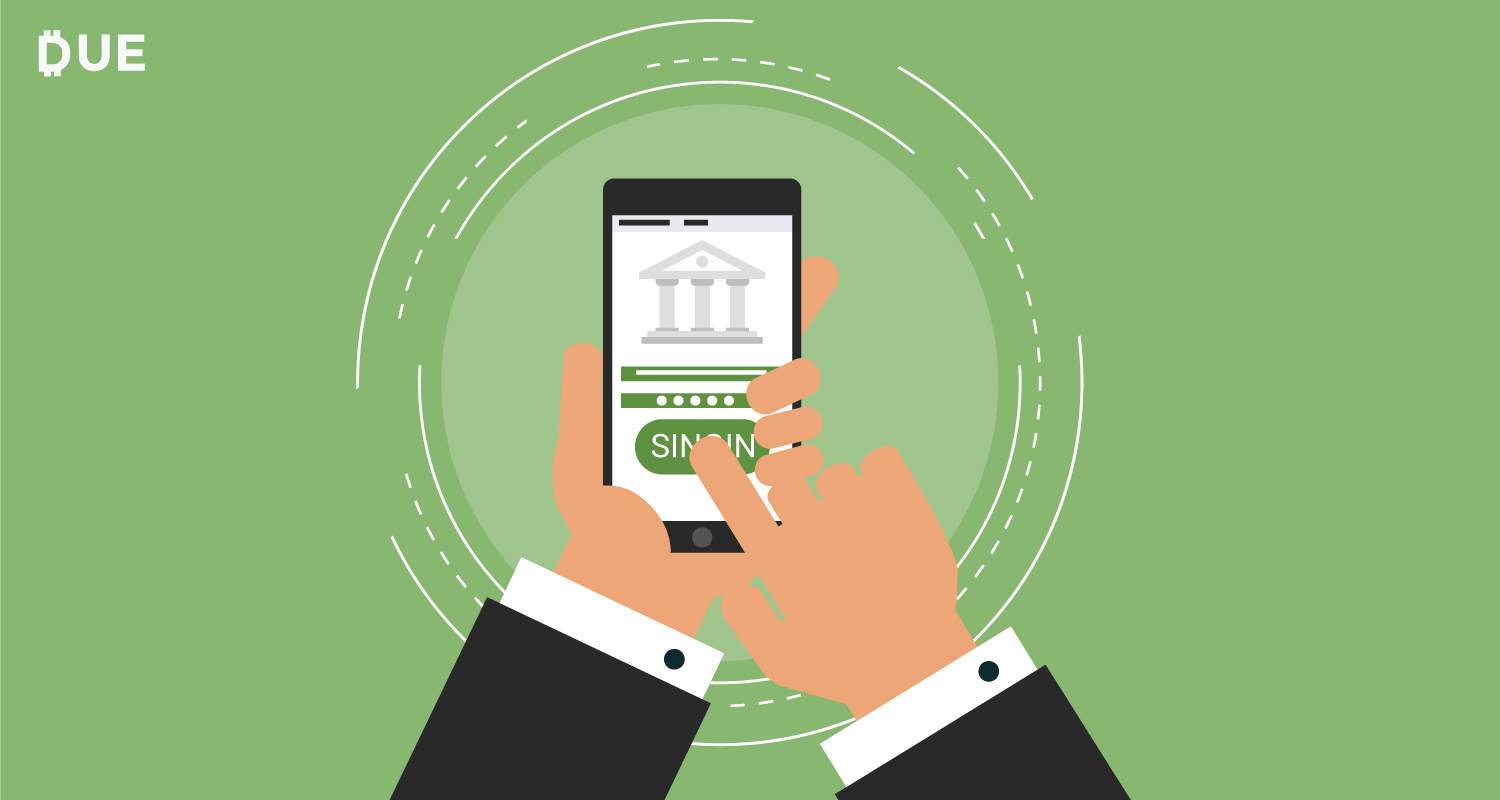
In 2014, Guardian Analytics, a security firm that specializes in identifying suspicious behavior in bank accounts, tracked a number of attacks made against its customers. The targets were “hundreds of retail clients and a smaller number of commercial accounts at fifty or more banks and credit unions of all sizes”. That wasn’t new. One estimate has put the value of online banking fraud at nearly $7 billion by 2020. What stood out in Guardian Analytics’ discovery, however, was how the attacks were launched.
The fraudster would enter a username, press the Forgotten Password button challenge. The bank’s website would ask a challenge question which the fraudster could answer before resetting the password. If the bank sent a confirmation email, the fraudster might hack the email account and attempt to intercept the message but usually they could change the password and access the account without receiving the confirmation.
Once the fraudsters were inside the account, they didn’t try to transfer funds or steal cash online. Instead, they looked for information such as the account summary, the bill pay history and check images. They then used that information to attempt offline fraud, asking for transfers through the call center, and check fraud.
What was remarkable about that attempt at online banking fraud was the vulnerability of the system. The fraudsters might have had some of the account holder’s personal information but they might just as easily have been able to guess the answers to security questions that gave them access to passwords.
Other fraudsters tend to be more sophisticated. Three men in the UK were sent to jail for up to eleven years for stealing £113m from 750+ victims. The gang would receive account details from corrupt bank employees but they would also cold call victims. They said they were the bank’s fraud department, and would persuade victims to give away their banking details. Only £47m of the stolen funds have been recovered.

The act of hacking online bank accounts tends to be much simpler. Hackers might send out millions of phishing emails that appear to come from banks. When the user clicks a link to log in to their account, they’re sent to a page that looks official. However, it’s actually their own page that will capture their username and password. The success rate might be tiny, but the numbers of emails is high.
Fraudsters don’t need high numbers of victims to make the efforts worth their while. Some viruses too, are capable of recording key strokes, including those used to log into a bank account.
Protecting Your Online Bank Account From Hackers
When the main way into an online account consists of nothing more than a username and password. The gateway will always show a certain amount of vulnerability.
While hacking into an online bank account is possible for a sophisticated fraudster, the protections are also relatively simple.
The easiest advice is never to click a link in an email to reach a banking site’s log in page.
Even if you believe the email does come from the bank, it’s worth opening your browser and accessing the website directly instead of through a link. Similarly, banks won’t call and ask for your access details; they already possess those details. If a bank calls you and asks for personal information, hang up and call back. If you’re accessing the bank, you can be confident that you’re talking to the bank and not an impostor.
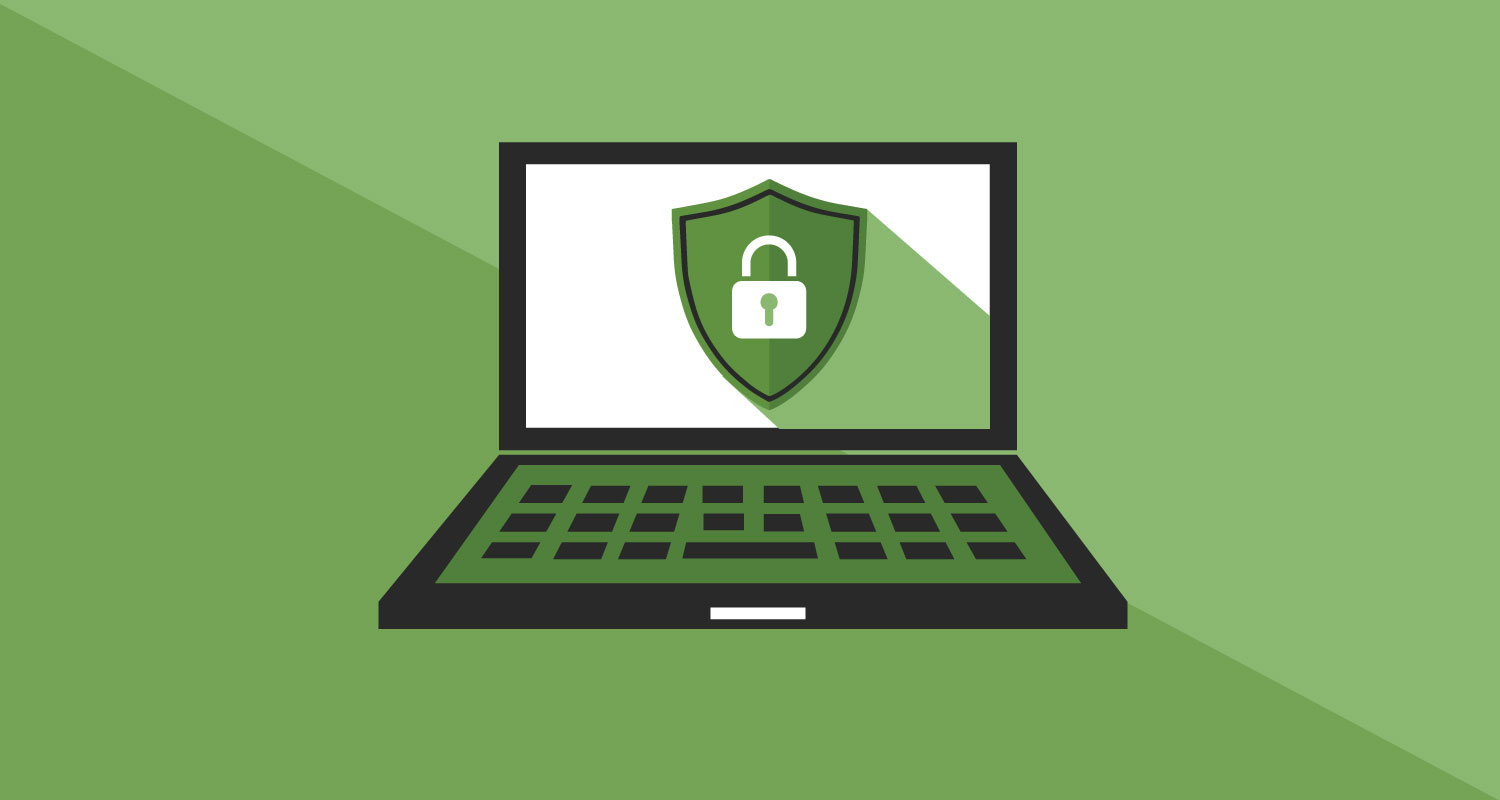
You should also make sure that your anti-virus software is installed and up to date so that it squishes any viruses that make it through email filters before they can do any harm. Don’t access your online bank account details while using a public network such as a café’s wifi; apart from the ability of passers-by to look over your shoulder and see all of your personal financial details, open wifi transmissions can be intercepted and the data stolen. The chances of that happening might be small, but it is worth remembering that a public place is not the right location to look at information as confidential as your bank account.
You should also make sure that you log out of your ebank account as soon as you’ve finished using it. Although most ebanking websites will time users out automatically, those minutes may be all a fraudster needs to access your account—and it’s too easy to forget that closing a tab is not the same as logging out.
Finally, over the last few years, ebanks have tried to improve the accessibility of their websites, sometimes at the expense of security. Bank Of America, for example, used to demand three fields of confidential information as well as a passcode before granting access. Those demands have since been reduced. You may find that the password requirements at your online bank are now less onerous than those demanded to see your cellphone bill. Passwords might not require capital letters, have a minimum limit on character numbers or require non-alphanumeric characters. That makes it easy to use the kind of pet names or nicknames that are easy to remember… and very easy for a hacker to either guess or learn. A better solution is to use a unique password for your online bank account and keep it stored in an encrypted form.
Some fraudsters pose as bank employees in order to obtain personal details but it’s often easier to pose as someone else. In March 2016, The Guardian newspaper wrote about a couple in the UK who had hired a contractor to build an extension to their home. In October the previous year, the contractor had sent the couple an invoice for £27,829. The invoice carried the company’s logo and listed its bank details.
A few days later, the couple received a second message from the same employee, informing them that the company had changed its bank and needed to update the payment details. That invoice too carried the company’s logo. The couple transferred £25,000, the most they could transfer in a single day… then received a third message from the contractor reminding them that the amount was still outstanding. The second email had been fake.
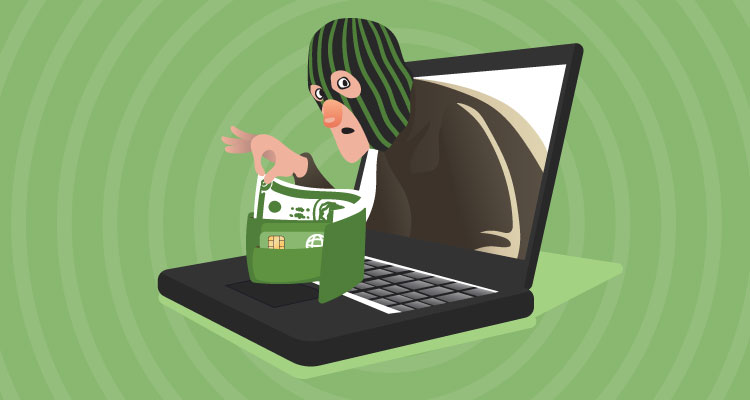
The most likely explanation, the newspaper said, was that either the building company or the couple’s email had been hacked, allowing the thief to intercept their messages and take over the conversation. When the couple looked again at the fraudulent email they noticed that the company’s name in the return email address included the word “developments” instead of “development.” One letter was the only difference between the attempt at fraud and the genuine message.
The money was immediately withdrawn, and as neither the couple’s bank nor the receiving bank were victims of fraud, neither bank was able to return the funds.
Incidents like these are rare and are the result of weaknesses in email security rather than in banking security. Whenever you receive payment details on an invoice, confirm that those details are coming from a company that you expect to pay, and pay attention to any discrepancy in the documentation.
A single letter might just be the difference between a genuine payment demand and a fraudulent request.
The browser might even use autocomplete to fill in the password fields on the bank’s mobile website. A mobile phone is such a treasury of personal information that to thieves, it’s like someone leaving the key to their front door on a cafe table.
We take the convenience of carrying a mobile phone for granted and we think too lightly of the possibility that a device worth nearly a thousand dollars could be stolen or left somewhere. We should remember just how much personal information it contains and make sure that that information is protected.
Fortunately, even if the owners of 70 million mobile devices a year underestimate the chances that they might lose their phones, the manufacturers of those devices understand the risks. They provide plenty of tools to make it hard for their phones to be used once taken or found. The lock page passcode or thumb recognition reader might be an irritation when you just want to pick up your phone and sneak a quick look at Facebook but they’re worth using. If someone does take your phone, the only thing they should be doing is trying to get in touch with you to return it.
That passcode will provide a strong barrier against someone accessing your phone’s bank details. But you should also be sure only to access your bank account using the bank’s app, not the website. Don’t autocomplete passwords or store unencrypted passwords on a file that can be easily found and read. And as soon as you lose your phone, log on to your bank account and change the password.

Before the days of online banking, customers had few choices about where they banked. There might be just two or three different banks in their town.They chose the one where they opened an account to deposit their allowance when they were kids. eBanking hasn’t just opened up the choice of banks for customers no longer limited by geography. It’s opened the choice to any bank anywhere. Let’s say a bank in Sweden is offering higher interest rates and is willing to accept foreign funds. That means you can skip your local bank and stash your cash across the sea. However, you’ll still have to pay your taxes.
Having a wide choice of ebanks in which to store your funds is a benefit of the rising ebank. But with that benefit comes responsibility. When customers are considering a bank with which they’re not familiar, they have to do the research. They need to know which laws govern the bank and what sort. of customer protections they can enjoy. Collapses are rare, but you should know what would happen to your money if the bank disappears.
Every time you move money from one place to another, you’re always taking a financial risk. The rise of online banking has increased by offering additional entry points to bank accounts and by moving the responsibility of guarding those entry points to customers.
While banks have always needed to rely on security guards and cameras to protect the money they hold, it’s now also up to customers to safeguard passwords and restrict access to their accounts. That’s a serious responsibility, but it’s not an onerous one. Some simple precautions are all it takes to keep an online bank account safe.
Ebanking has come a long way since the early days of dedicated terminals and limited subscription services. From devices that took up desk space to programs that take up pixels in a folder on a mobile phone, it’s now become easier than ever for everyone to access and control their finances. However, the development never stops. Ebanking continues to develop and grow, finding new ways to serve customers and make online financial management easier than ever. Today, we’ll explore some important developments you can expect to see in the future of online banking.
The biggest battle will always be over security. As ebanks add new safeguards, fraudsters will continue to look for ways around them. They’ll release new viruses that exploit weaknesses in the firewalls, push through back doors and hack services designated to protect data. In September 2016 Yahoo had been the victim of the biggest hack ever revealed. The personal information of 500 million email accounts were in the hands of international criminals. Some of those passwords would also have been used on banking websites. Also, not all of those account holders would have responded by rushing to their online bank accounts and changing them.
With each new announcement of personal information comprised by a hack, the risk rises. and ebanks and their security firms respond by putting up a new layer of security – and new ways to implement that security.
At the end of 2015, for example, researchers began rolling out GOTPass, an authentication system that swaps passwords for image selection., Users select a username then draw a shape on a pattern lock screen. The system displays 30 images covering four random themes and the user selects one image for each theme.
When the user lo. s in, they enter their username and lock screen pattern then have to identify two of their selected images from a page of decoy images, entering a code associated with the pictures. The researchers found that the images were easy to remember but the random shuffling, limited tries. and changing of image codes meant that of 690 attempts to hack, only eight were successful.
Even if you don’t find GOTPass or a variant of image based authentication at the gateway to your account, expect ebanks to continue to look for more varied ways of ensuring security.

If the internet has changed the way we live, the rise of mobile devices has changed the internet. Some institutions saw the change coming and got ahead of it. For example, Facebook which now receives more than half its traffic on smartphones. and tablets, survived and thrived. Companies like Microsoft, that were slow to adapt soon found themselves struggling and losing dominance.
Banking institutions have largely embraced digital banking, but only up to a point. The apps produced by ebanks provide all the services you might expect. Customers can review balances, order credit cards, pay bills and even deposit checks, all of which make up the most popular functions of an ebank. However, there is more that they can do. As banks experiment with different options, we can expect to see other banks follow suit. Simple, for example, is an ebank with no physical branches that has puts some extra thought into services offered by its mobile app.

In addition to all of the usual features, the app also makes saving easy by allowing customers to set a goal and put aside funds until they reach it. So they could create a label for “Trip to Bahamas” and tell the app to reserve $20 a day until they needed to buy the ticket. An amount at the top of the screen indicates how much is available to spend that month, taking it account other savings plans such as for rent or bills.
What about the result.
The result is a baking app that doesn’t just provide access to funds; it also provides for the kind of daily budget management that’s so essential… and with which so many people struggle.
The ebanking services currently provided by apps may also integrate with other commonly used apps. Users of WeChat, China’s main social networking application, have long been able to do much more than share cat videos and photograph their food. They can also pay bills, send money to friends, buy tickets, take out loans, and even make investments. For China, the integration of social media with ebanking is complete. Mark Zuckerberg has certainly noticed. He’s already introduced P2P payments, a service which will rival Venmo and Snapchat’s payment service than an ebanking app. Wether that initial foray into ebanking spreads into a more integrated banking service will depend on whether the banks want to pull people away from their own apps, and whether users trust sites like Facebook with their financial information.
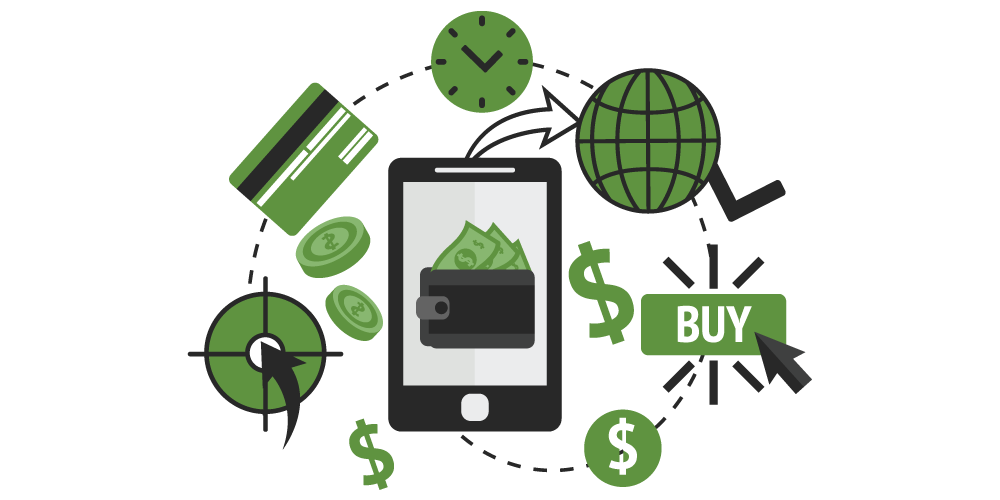
In 2015 a financial services report, Bain, a consultancy, argued that banks should focus on six goals when developing apps: design, simplification, communication through chat and video at any time, rapid development of new features, personalization, and organizational agility.
Not all of those features are likely to find their way into banking apps, and not all of them will be noticed by users. It’s always much easier for startups to rush out new app features than it is for apps created by banking institutions that have multiple departments to please and need multiple executives to sign off. But it is likely that we’ll see improvements to design and greater personalization, whether that comes through integration with social media platforms or the smarter use of the data banks already possess about their customers.
Easier Transfers
One of the most significant development in ebanking in recent years hasn’t come from the banks themselves.It’s come from startups like Venmo, now owned by Paypal, which enabled the immediate transfer or small sums between friends. This is a process that has since been copied by Snapchat and Facebook among others. It’s also been copied on payment platforms like Due.
It’s a feature that really should have been led by the banks. They’ve been in the business of transferring funds for far longer than upstarts like Venmo and Due. However, they were slow off the mark. Other platforms with user lists were able to use those demographics to set up processes to move money between contacts.
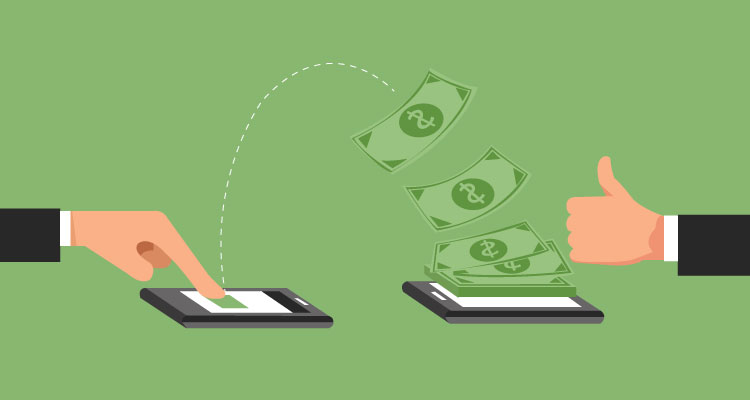
Some ebanks have now caught up. Bank of American’s website, for example, lets customers send money to their contacts using nothing more than an email address. This is a. big step up from the IBAN, routing and bank account numbers usually required to transfer funds. On the bank’s website, that facility is buried instead of being placed front and center like on digital payment platforms.
Ebanking may well be the most important development to hit banks since the check book and the credit card. A financial saving for banks and a huge convenience for customers, the ability to manage finances at any time and in any place, without waiting in line or losing hours in a branch has been a huge benefit for both sides.
Banks
Banks are already offering a range of essential services. Some are expanding that range to include savings plans and budgeting tools that make yesterday’s checkbook balancing look archaic. Those features will continue to grow. It’s possible that Facebook and social media apps will never have the same level of financial integration as China’s WeChat. WeChat has fewer competitors and easier co-operation.
However, we can all expect payment transfers to become easier, security to become tighter, and services to become more personalized.
We can also expect that however much security improves and customers become better at safeguarding their accounts, there will always be risks. As along. as passwords have to be remembered and hackers canbreak their way into servers and email accounts, robbing and ebank will be no harder than holding up a bank branch. Mobile ebanking may even make it a great deal easier.
In this report we looked at where ebanking has come from, what if offers, the risks it contains and the directions it might take in the future. However, as ebanking does develop expect to see more banks making it an integral part of their customer service… and more customers seeing it as the best way to get the banking services they want.
To ensure we’re putting out the highest content standards, we sought out the help of certified financial experts and accredited individuals to verify our advice. We also rely on them for the most up to date information and data to make sure our in-depth research has the facts right, for today… Not yesterday. Our financial expert review board allows our readers to not only trust the information they are reading but to act on it as well. Most of our authors are CFP (Certified Financial Planners) or CRPC (Chartered Retirement Planning Counselor) certified and all have college degrees. Learn more about annuities, retirement advice and take the correct steps towards financial freedom and knowing exactly where you stand today. Learn everything about our top-notch financial expert reviews below… Learn More